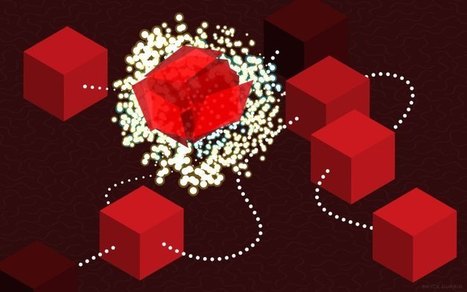To process a transaction, you need first to make sure the sender owns the asset he wants to transfer, and make sure he will not trade it twice.
In the blockchain, information is stored in blocks that record all transactions ever done through the network. Hence, it allows validating both the existence of assets to be traded and ownership.
To avoid double spending, the technology requests several nodes to agree on a transaction to process it. A validation is also artificially difficult to achieve: miners leverage computer power to solve complex cryptographic problems (the proof-of-work). Every time a problem is cracked, a block is added to the chain, and all the transactions it includes are thus validated. The updated chain, including the new block, is shared with other nodes and becomes the new reference; this process leverages cryptography to prevent duplicate transactions.



 Your new post is loading...
Your new post is loading...








Very clear summary of Blockchain's principles, potential and pitfalls as seen by a financial institution's strategic venture arm. Must read if you are allergic to tech.